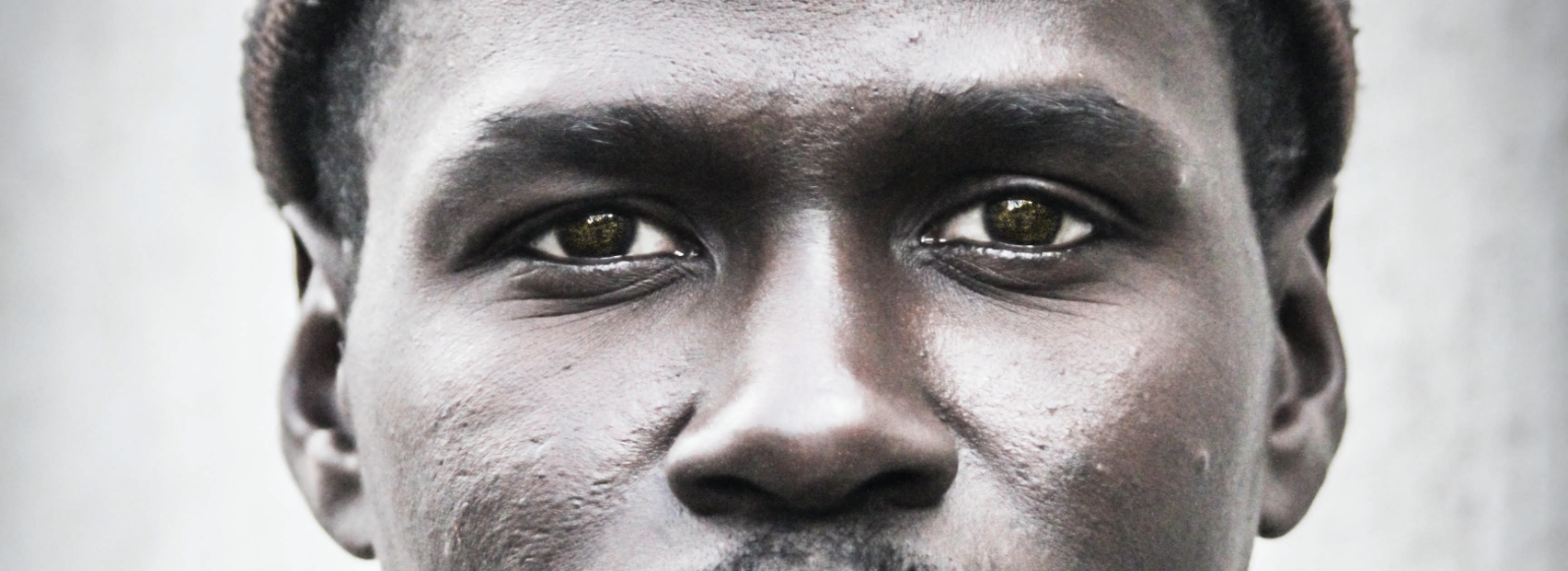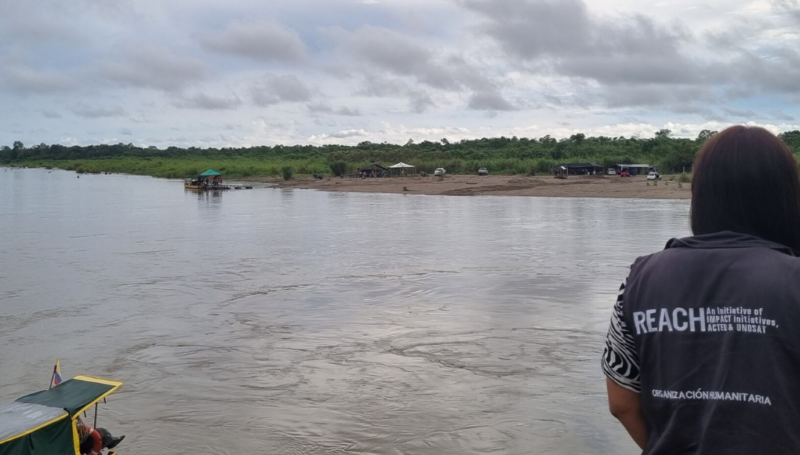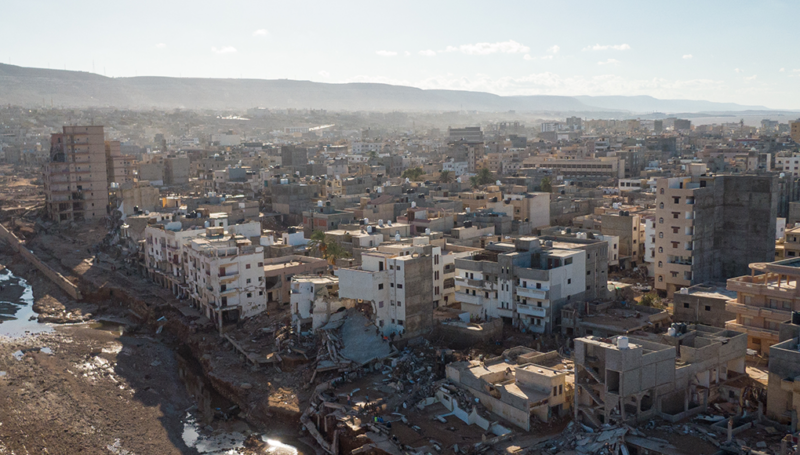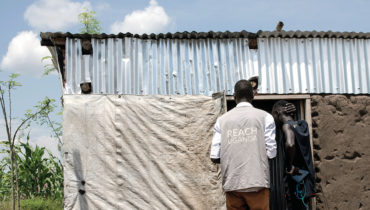Migration to Libya is not a recent phenomenon. An important country of transit and destination for refugees and migrants alike since the early 2000’s, Libya has since 2011 witnessed conflict and sharp regional divides over political and economic grounds. This overall complex and unstable environment has facilitated the recent exploding trends of irregular migration through Libya. With 90% of the over 180,000 arrivals in Italy in 2016 claiming to have passed through the country, Libyahas become the main gateway to Europe. Important information gaps persist, however, on the irregular mixed migration flows into Libya, with a lack of understanding of the profiles, vulnerabilities and needs of refugees and migrants.
In this context, in support of the United Nations High Commissioner for Refugees (UNHCR), IMPACT Initiatives and its partner Altai Consulting carried out a research on mixed migration trends and dynamics in Libya, analysing migration flows and routes to and within Libya, while focusing on the situation of refugee and migrant communities within the country. Primary data was collected between October and December 2016 in Libya as well as in neighbouring origin and destination countries, Algeria, Niger, Chad, and Italy.
The research highlighted that most refugees and migrants entering Libya irregularly arrive via three main routes: from East Africa, passing through Sudan; from West and Central Africa, through Niger; and to a lesser extent from West Africa, passing through Algeria. Registered trends, in particular, revealed the existence of two main types of journey to and through Libya, namely “organised” journeys provided by a transnational, structured smuggling network, and “step-by-step” journeys organised by migrants and refugees directly in a highly fragmented way. The first type of journey is mostly understaken from East Africa, costs up to 5,000 USD payed upfront, and usually does not take longer than two to three weeks. Conversely, the seond type of journey is mostly undertaken by West and Central Africans and it is highly fragmented, with refugees and migrants relying to different smugglers and stopping several times to work or receive money from relatives to fund the next steps of the journey. As a result, mixed migrants on the eastern route tend to travel faster than those on the western route, who may often take several months to reach the Libyan coast.
Vulnerabilities identified are associated with the type of journey undertaken. Flows from East Africa are at the mercy and under the constant control of structured smuggling networks, resulting to be at particular risk of trafficking and exploitation. In parallel, West and Central Africans are highly exposed to abuse and ill-treatment by smugglers and the local population throughout their journeys, and they tend to be younger and with fewer resources. Overall, people travelling to and through Libya along both the western or eastern routes face harsh environmental conditions, a lack of rule of law and prevalence of criminal networks, unsafe means of transportation and minimal to no access to food, water and medical support.
It is expected that the significant increase in the understanding of mixed migration routes to and through Libya brought by this study will support better humanitarian programming and policymaking around mixed migration, particularly in the highly complex area of the South of Libya. The study also allowed for the production of an online dashboard.
Access more detailed findings in the report Mixed Migration Trends in Libya: Changing Dynamics and Protection Challenges.









